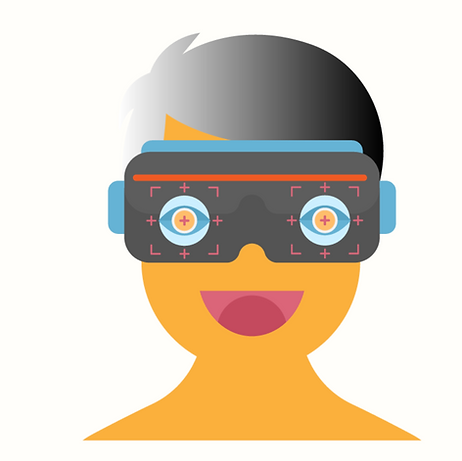WELCOME!

ABOUT THIS CLASS:
The year begins with drawing essentials.
Observational drawing is an integral component of many high school Art courses. Often, drawing is the core method of researching, investigating, developing and communicating ideas. While it is accepted that there are many wondrous types of drawings – and that non-representational drawing methods have an important role in student Art projects – it is advantageous in many professional fields to be able to demonstrate competent, realistic observational drawing skills and to convey ideas- and it is a jumping off point for developing personal voice and style.
From there we will explore mixed media and painting followed by graphic design. Along the way, we will explore associated art and design careers.
Many of the projects will be connected with content students are investigating in other classes and will allow them to deepen their understanding and responding to the curriculum.
This year we will have two in depth PBL projects with local partners.
This course is focused around 3 big ideas...

Personal Expression : Students develop and share original ideas. Students explore and nurture their own creativity through experimentation with materials and multiple media and, exposure to historical and contemporary art and artists. Students contribute original ideas to our community and culture.

Visual Literacy : is all about understanding what you see.
Students gain knowledge and skills to effectively articulate their ideas. Students employ principles and elements of design (visual elements, design and composition principles, visual effects). Students utilize new and available technologies.

Design Thinking: Students learn to think like designers to solve problems and develop innovative solutions and ideas. Students employ design process strategies.
Communication: Schoology

Assessment : Progress Book / Grading
COMPENTENCY GOALS AND OBJECTIVES
Embedded within lesson and unit goals and objectives, the course utilizes the National Standards for Arts Education, as well as Ohio Visual Arts Content Standards.
Studio Habits of Mind:
Develop Craft: Learning to use tools, materials, artistic conventions; and learning to care for tools, materials, and space.
Engage & Persist: Learning to embrace problems of relevance within the art world and/or of personal importance, to develop focus conducive to working and persevering at tasks.
Envision: Learning to picture mentally what cannot be directly observed, and imagine possible next steps in making a piece.
Express: Learning to create works that convey an idea, a feeling, or a personal meaning.
Observe: Learning to attend to visual contexts more closely than ordinary “looking” requires, and thereby to see things that otherwise might not be seen.
Reflect: Learning to think and talk with others about an aspect of one’s work or working process, and learning to judge one’s own work and working process and the work of others.
Stretch & Explore: Learning to reach beyond one’s capacities, to explore playfully without a preconceived plan, and to embrace the opportunity to learn from mistakes. Understand (Arts) Community: Learning to interact as an artist with other artists (i.e., in classrooms, in local arts organizations, and across the art field) and within the broader society.
Assignments and Grading
This is a process- oriented class in which students will be evaluated primarily through projects and related materials including:
Sketches/Drafts, Achievement of Personal and Class Goals and Skill Development, Quality Craftsmanship, Effort / Self Reflection, Peer Critique,
and Presentations of Work
· Assignments along with related presentation materials, models, work samples, due dates and assessment rubrics are posted on Schoology with links to content.
· Most major course assignments will be due through a turn in Padlet post or Schoology drop box. Time will be given in class to document and reflect on the design process and will align to portfolio requirements – allowing students to easily capture and share their growth throughout the year. Sketchbook checks will be periodic. All due dates and submission instructions can be found on Schoology. All resources and instructional materials can be found on our class website – also linked in Schoology.
· Assignments are due on the posted due date but will be accepted the following day for full credit. Additional deadline extensions, beyond one day, must be student initiated and approved by the teacher. Feel free to email or discuss in person. Per school policy, absences (within 5 days of a deadline) get an automatic one-day extension per day absent.
All extension work must happen outside class time.
*Please note it is understood that students work at different paces and some may desire extended time to complete work to their own standards. If students are demonstrating consistent effort in class, and desire extended time beyond due dates – I am happy to negotiate whatever time they need within reason to fulfill their goals – this may require them to complete work outside of class in order to continue moving forward with class projects in a timely manner. Open Studio time is provided every Thursday after school from 3:30-4:30 and additional times can be arranged should students need access to supplies or studio space.
· Partner and group projects will receive a group grade when members of the team work collaboratively.
My goal is to update Progress Book as frequently as I can - but feel free to reach out to me anytime you have questions. I will reach out to you if I feel your student is falling behind or needs some additional support.
PHONES & PERSONAL TECHNOLOGY
Phones, Smartwatches, and AirPods (or similar devices) are not allowed by law.
I provide a classroom camera for students to document their work.






